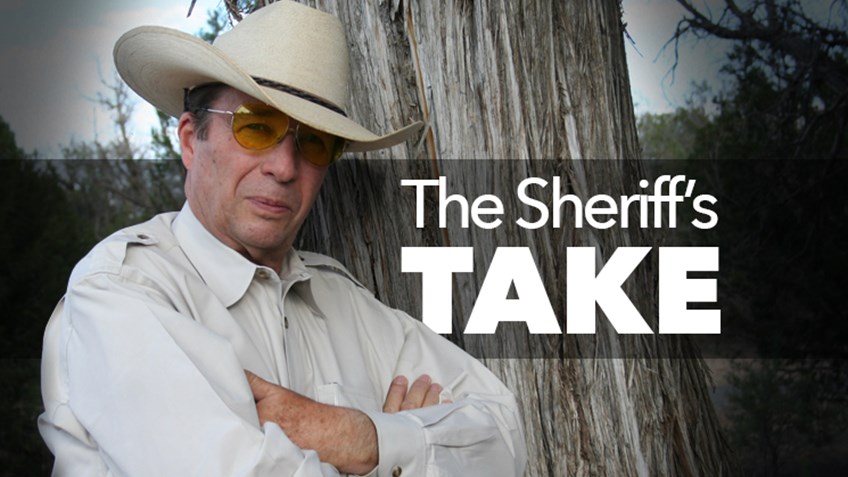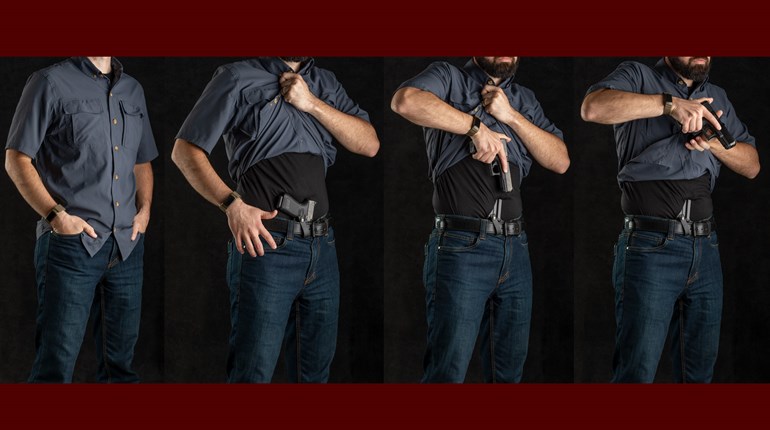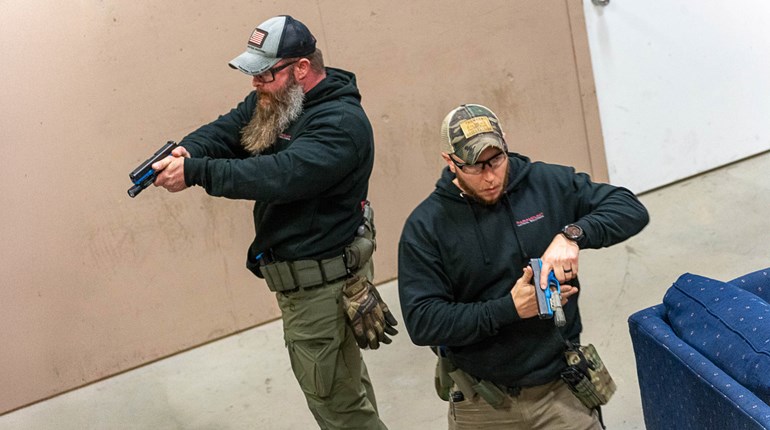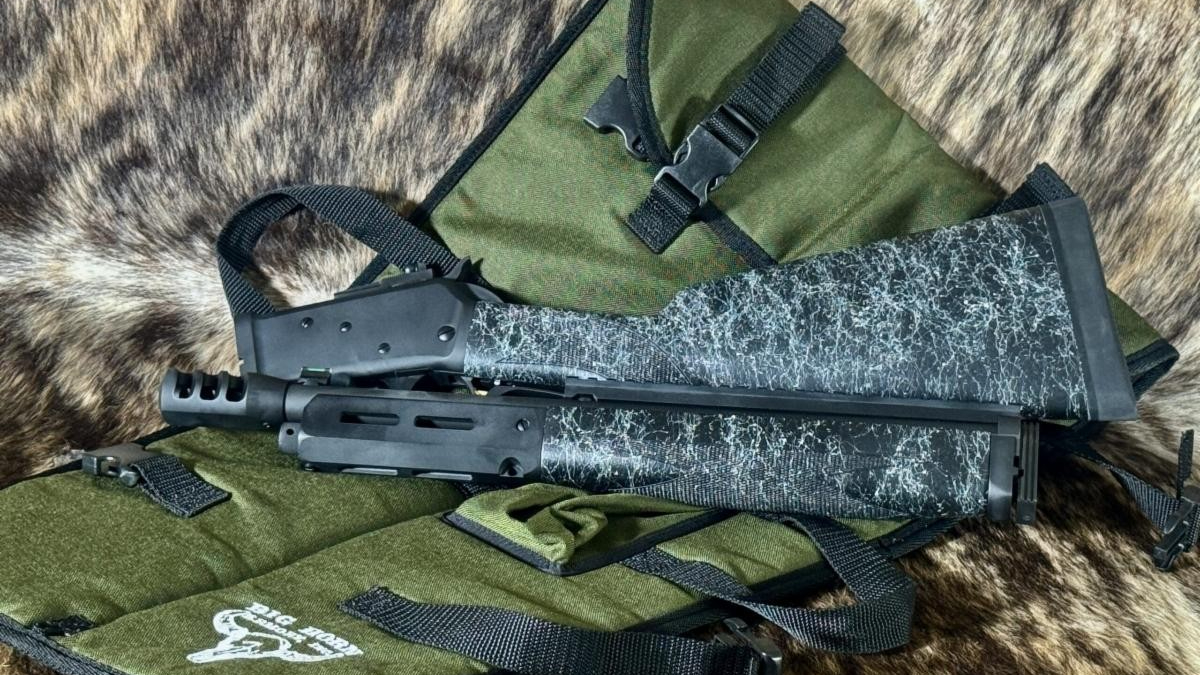
Col. Jeff Cooper, founder of Gunsite Academy, coined his fourth safety rule that states, “Be sure of your target and what is behind it.” In other columns, I have talked about being sure of your target before firing. This is the reason that it is so important to have a good flashlight when dealing with low-light situations. However, it is equally important to know what and who is behind your attacker. In fact, it is also critical to be aware of persons who might get between you and your attacker.
Myself and others have made the statement that a person owns every bullet that he fires regardless of where that bullet may ultimately come to rest. Usually, we are talking about the misses that can be easily fired and impact a non-combatant. However, it also may well cause problems with a bullet that passes through the intended target and impacts that non-combatant.
Some argue that this is the reason that they try to choose their defensive ammunition wisely. They want a bullet expends its energy inside the attacker and doesn’t exit. The problem with this premise is that the defensive shooter doesn’t understand what that bullet may have to overcome in order to stop the attack. They often envision the attacker standing facing them and expect that the bullet will directly impact the thoracic cavity and go deep enough to do its job.
But the attacker may be standing sideways to the shooter when the shot is fired. Imagine further that the attacker is an ex-con who spent his time in prison lifting weights. And, suppose that the bullet hits his muscular upper arm, impacting the bone and muscle found there before even beginning to enter the chest cavity. The reality is that some bullets, under these circumstances, won’t get far enough into the chest cavity to make the stop.
All of which is the reason that I prefer a defensive bullet and charge that will have plenty of penetration to get to the vitals of my attacker regardless of his stance. And, yes, the simple truth is that these loads will often exit the attacker’s body. I consider it my job, not the bullet’s, to see that I don’t endanger non-combatants. It is also the reason that, just because we are being shot at, we may not feel it is a good idea to return fire.
Imagine being attacked on a busy street or in a crowded shopping mall. People are everywhere and they might even run between me and the attacker once the fireworks start. Most assuredly, they will be behind him. In a case like this, the prudent defensive shooter might choose to take cover instead of returning fire. With bullets flying everywhere, it would really not be a good idea to add to the bullets that are flying everywhere.
In short, I don’t believe in magic bullets. I believe in a defensive handgun load that is powerful enough to give me a stop with a well-placed shot. It is my job to see that my bullets only hit the bad guy and no one else. I work, train and practice, to be as certain as possible that this is always the case.






































